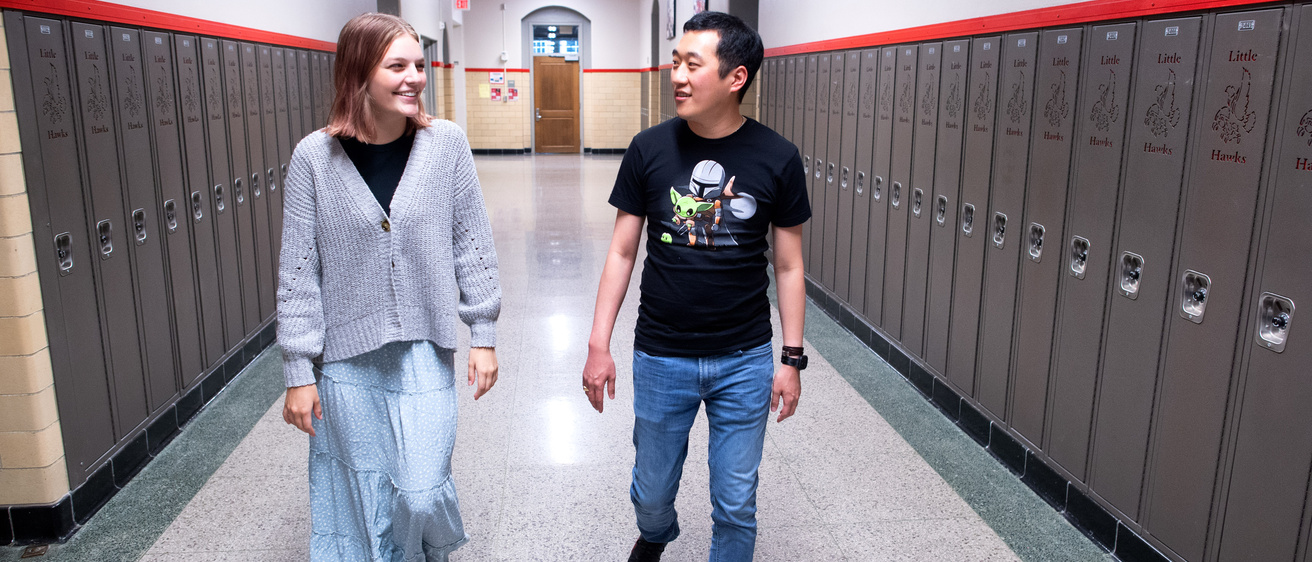Roughly 8% of children between the ages of 3 and 17 years have documented speech and/or language disorders (Black et al., 2015). Speech disorders impact how people produce sounds including articulation, phonology, fluency, and voice. Language disorders impact how people understand and formulate vocabulary, grammar, and pragmatics in both oral and written modalities.
Students with receptive communication challenges may have difficulty understanding what others say to them, while students with expressive challenges may be unsuccessful in communicating in ways that are understandable by others. While communication disorders are sometimes caused by underlying impairments like hearing loss, intellectual disability, or other genetic issues, they often arise without any identifiable underlying or co-occurring issues.
Given how central communication is to one’s personhood, cultural identity, and social belonging, students with communication differences and disorders often experience a range of social-emotional effects due to repeated difficulties with understanding and/or being understood.
Research shows that children with a variety of communication disorders experience greater social-emotional issues compared to typically developing peers. For example, children with speech sound disorders are often teased (McLeod et al., 2013), and those who stutter often harbor negative attitudes about communication (Guttormsen et al., 2015). Children with developmental language disorder have smaller peer groups (Chen et al., 2020), and those who are deaf/hard of hearing report lower levels of social competence (Stevenson et al., 2015).
Across the board, children with communication disorders tend to experience higher levels of anxiety than typically developing peers (Bernard et al., 2022; Lewis et al., 2016; Samson et al., 2020; Theunissen et al., 2012). This poses serious threats to personal well-being, social engagement, and educational/vocational fulfillment. In this practice brief, Dr. Naomi Rodgers shares six key strategies to better support students with communication disorders.
